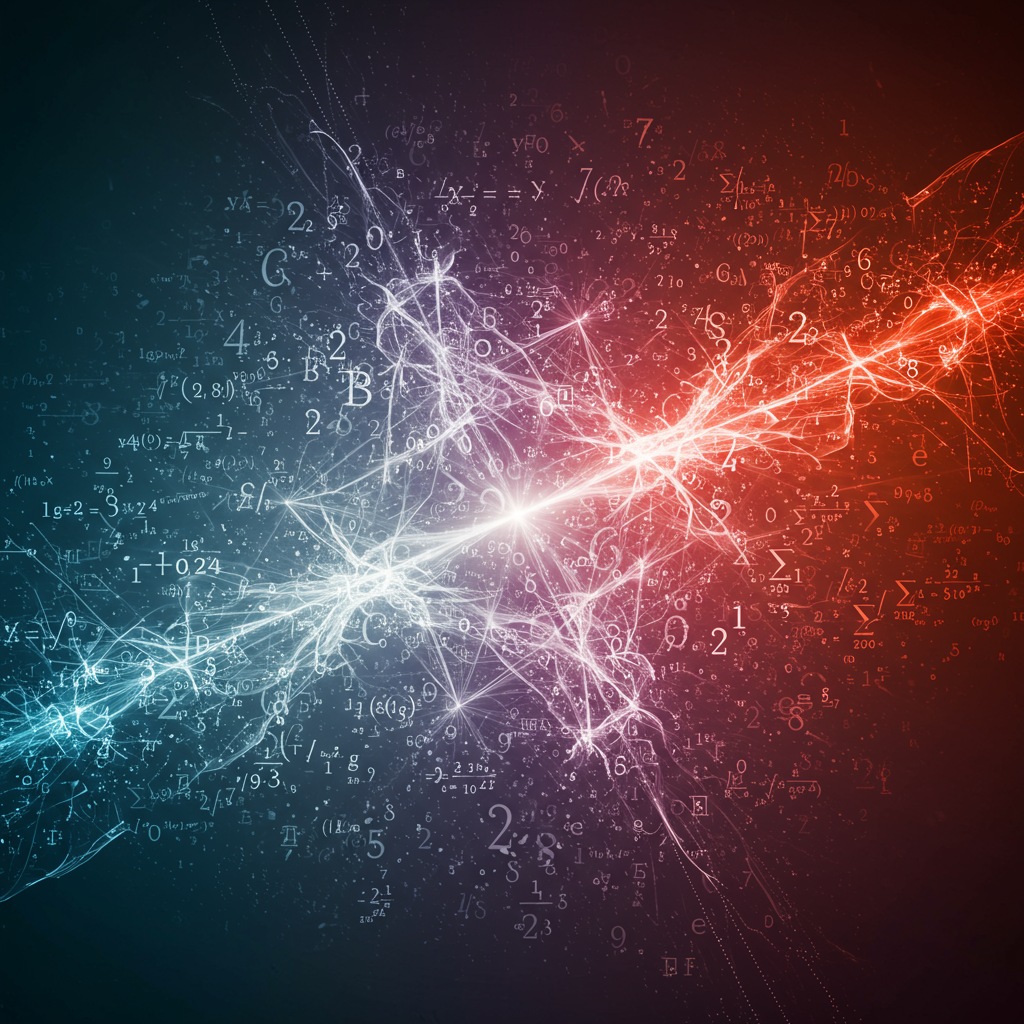Prime numbers – those enigmatic integers divisible only by 1 and themselves (like 2, 3, 5) – have fascinated mathematicians for centuries. Despite their fundamental importance as the building blocks of arithmetic, understanding their seemingly random distribution and finding efficient ways to identify them, especially large ones, remains a significant challenge. Traditional methods involve tedious division checks, which become computationally impossible for numbers spanning millions of digits, such as the current largest known prime. Mathematicians have long sought patterns and alternative criteria to unlock the secrets held within these unique numbers.
Now, a groundbreaking discovery by a team of mathematicians offers a completely novel perspective. Ken Ono at the University of Virginia, William Craig at the U.S. Naval Academy, and Jan-Willem van Ittersum at the University of Cologne in Germany have found a revolutionary new method to identify prime numbers, fundamentally changing how we might approach their study.
Their innovative approach doesn’t rely on checking for factors. Instead, it leverages a concept from a seemingly unrelated area of mathematics: number partitioning.
What is Number Partitioning?
Number partition theory, a classical field originating with 18th-century mathematician Leonhard Euler, explores the different ways a positive integer can be expressed as a sum of positive integers. For example, the number 5 can be partitioned in seven distinct ways: 5, 4+1, 3+2, 3+1+1, 2+2+1, 2+1+1+1, and 1+1+1+1+1. While seemingly simple (“child’s play,” as Ono describes it), this concept holds surprising power.
The Unexpected Connection to Primes
Ono, Craig, and van Ittersum discovered a profound link between integer partitions and prime numbers. They proved that prime numbers are precisely the integer solutions to an infinite set of specific polynomial equations (also known as Diophantine equations) that are constructed using well-studied partition functions.
In essence, their work demonstrates that “integer partitions reveal prime numbers in infinitely many natural ways,” as the researchers described in their paper. This means the discovery provides “infinitely many new definitions for prime,” criteria that are “very different from ‘If you can’t factor it, it must be prime,'” according to Ono. Their method allows testing an integer (two or greater) using these particular equations; if the equation holds true, the integer is prime.
Significance of the Discovery
The discovery has been met with significant interest and acclaim within the mathematical community. Published in the prestigious journal Proceedings of the National Academy of Sciences USA (PNAS), the paper received recognition for its scientific excellence and originality, earning second place at the Physical Science Award.
Experts highlight the novelty and unexpected nature of the findings. George Andrews, a renowned mathematician at Pennsylvania State University who edited the PNAS article, described it as “something new” and “not what was expected,” noting that it’s difficult to predict where this breakthrough might lead. Kathrin Bringmann, another mathematician at the University of Cologne, found it “remarkable that such a classical combinatorial object – the partition function – can be used to detect primes in such a novel way.”
Opening New Doors in Mathematics
While this discovery doesn’t immediately solve long-standing open problems in number theory like the Twin Prime Conjecture or Goldbach’s Conjecture, it provides powerful new tools and a fresh framework for exploring the complex world of primes.
The finding is expected to inspire substantial future research. Bringmann suggests it could lead to further investigation into the “amazing algebraic or analytic properties hidden in combinatorial functions.” The work also underscores the rich and often surprising connections between different branches of mathematics, such as combining classical number theory problems with tools from combinatorics.
As Andrews notes, lead researcher Ken Ono has a history of delving into classic problems and bringing “truly new things to light.” This latest discovery is a prime example of how mathematicians continue to push the boundaries of our understanding, revealing deep patterns in numbers that were previously hidden.




